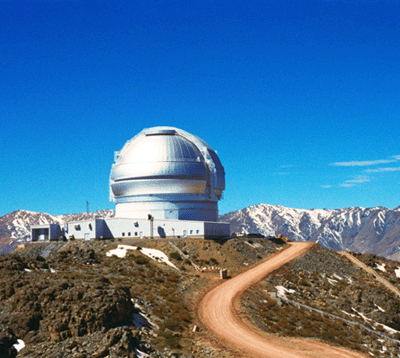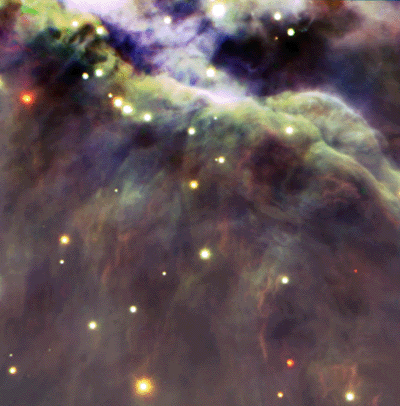The giant Gemini South telescope opens for business today in the Chilean Andes. The instrument will join its identical twin – the Gemini North telescope in Hawaii – to give astronomers an unparalleled infrared view of the entire sky. Gemini South can produce images as sharp as space-based telescopes thanks to its eight-metre mirror and powerful ‘adaptive optics’ that filters out the twinkling caused by turbulence in the atmosphere.

At its remote location 2737 metres above sea level, Gemini South benefits from cold, dry air and minimal light pollution. With telescopes in both the Northern and Southern hemispheres, Gemini will enable astronomers to continuously monitor objects anywhere in the sky. Simultaneous viewing at both sites will also allow interferometric studies of distant objects to be made, which can produce much sharper images than a single telescope.
The cosmic dust that shrouds ‘star nurseries’ and active galaxies is invisible at infrared wavelengths, granting astronomers unprecedented views of star birth and other galactic phenomena. Gemini South has already achieved the deepest-ever images of star fields in the constellation Orion, and its potential is further hinted at by a ‘perfect’ picture of a spiral galaxy taken by its Hawaiian counterpart with the UK-built Gemini Multi-Object Spectrograph.
With a quarter share in the Gemini project funded by the Particle Physics and Astronomy Research Council (PPARC), the UK is the second largest partner in the seven-country consortium. ‘By taking a leading role in such international projects, PPARC ensures that UK scientists have access to world-class facilities, enabling them to participate at the frontier of global astronomy research and discovery’, says chief executive Ian Halliday.





